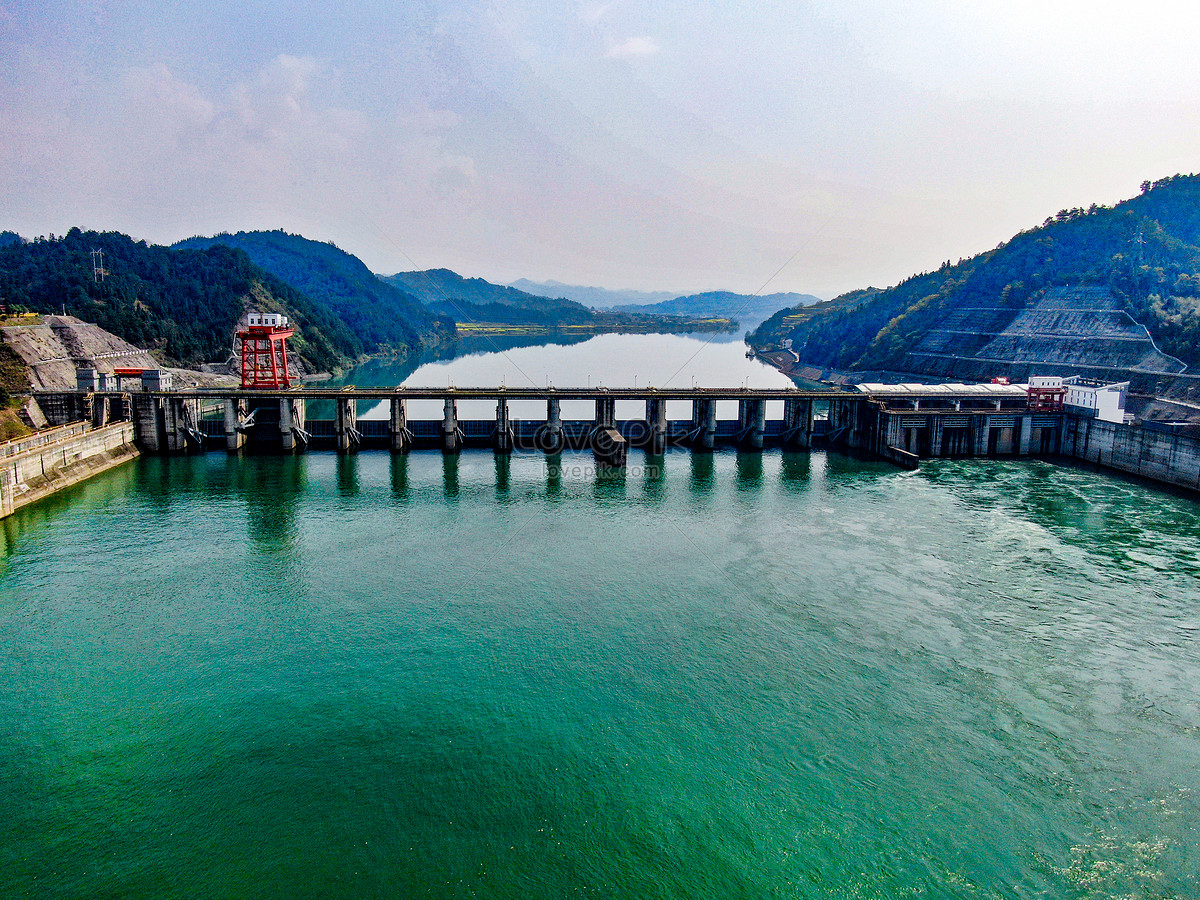Live Classes

India has shifted from an age-old “state-centered” decision-making model in the water sector to a “market-determined” paradigm. Independent regulators are positioned to restructure the water sector with an emphasis on institutional reforms, a demand-responsive approach, and community participation in the management of water resources.
Maharashtra took the lead to establish an independent water regulator in 2005 with Punjab being the latest in 2020.States such as Uttar Pradesh, Andhra Pradesh, Arunachal Pradesh, and Madhya Pradesh are in various stages of undertaking such regulatory reforms in the sector.
Water is a finite resource. There is a spatial and temporal variation of water resources in India. Thus, Given the rising demand for water, conservation efforts are extremely essential, an aspect also considered by the governments while positioning water regulators in the States.
Initiatives in Maharashtra
In Maharashtra the water regulator is expected to ensure that a “tail to head” irrigation is implemented by the concerned agencies through equitable allocation of water, water entitlement is measured volumetrically to control its wasteful use, water saving technology is adopted by cultivators, water quality is preserved by implemented and adopting “polluters pay” principle, water charges are based on full recovery of cost of irrigation management, resources maintenance is ensured, etc.
The Maharashtra water regulator in its various water tariff orders proposed incentives/disincentives for ensuring water conservation. In the agricultural sector on adopting ‘Drip/Sprinkler system’, the 2018-20 tariff rate was only 75 per cent of the applicable rate; for private lifts (irrigation) unmetered use, the water tariff is 1.5 times the floor rate per individual; for domestic use, for recycling of treated wastewater, 60 per cent applicable rate is considered if water is reused for irrigation; for industrial use, if water demand is reduced by at least 25 per cent through recycling and reuse, the water tariff is 75 per cent of the applicable rate.
Punjab initiatives
In Punjab, the groundwater is over-exploited (in 80 per cent blocks). The water regulator in Punjab under section 15(2) of the Punjab Water Resources (Management and Regulation) Bill 2020 is mandated to issue directions for restrictions on the utilisation of groundwater, ensure optimal use of surface water for irrigation (industrial or domestic use), undertake efficient use of water and minimise wastage or misuse of water through its recycling and reuse, undertake water conservation and groundwater recharge including rain water harvesting, etc.
Following the above mandate, the water regulator issued a Direction in January 2023 called “Punjab Ground Water Extraction and Conservation Directions 2023”. The Direction aims to improve the “water balance” by promoting and ensuring water conservation by various users. All users (especially industries) permitted to extract groundwater, are required to pay volumetric extraction charges, which are then utilised in part for water conservation.
Additionally, all users have the option of conserving water themselves with the regulator’s approval, and can in turn earn “water conservation credits” in monetary terms from the regulator. A user may opt to implement water conservation measures either within the unit or outside their jurisdiction in different groundwater assessment blocks. Such a user is provided water conservation credit which entitles them to a rebate in groundwater extraction charges.
Regarding reuse of treated wastewater, such water volume is considered for calculating “water conservation credit”. Under special circumstances, when a user releases such water into surface water bodies, this water earns credits up to 50 per cent of value so treated and discharged.
The Direction also provides water conservation limits for earning credits. For example, if a unit situated in the ‘orange zone’ of ground water assessment blocks, extracts 300,000 cum (cubic meter) per year, it can earn a maximum “water conservation credit” to the tune of ?16.14 lakhs per annum, and to that extent, the groundwater extraction charges are reduced.
.
Future agenda
Maharashtra water regulator mostly deals with water conservation in surface water while Punjab regulator deals with groundwater extraction for industrial use. In Punjab out of the total groundwater availability of 35.78 billion cubic meter (bcm), 34.56 bcm are used for irrigation.Thus, water conservation in the irrigation sector should be a prime concern in the State. However, this is a politically sensitive subject.
In Maharashtra, the groundwater crisis has deepened over the years, and the worst affected are the underprivileged, women, and landless small and marginal farmers. Out of the total available water resources of 196 bcm, 163 bcm comes from surface water, and 33 bcm comes from groundwater. Thus, Maharashtra too warrants groundwater conservation through regulatory efforts.
On the whole, there is an urgent need for undertaking water conservation by water regulators in all sectors including agriculture (industrial or domestic). Regulatory initiatives for water conservation especially through the use of “water conservation credits” as in Punjab, should be undertaken by all the water regulators.
Water use is significant in agriculture. But water use efficiency is very low compared to international standards in this sector. Regulators should guide users using a framework of model ‘water saving schemes’ developed in consultation with stakeholders, policymakers, water managers, and more.
Community participation and women’s involvement are a must for water conservation. Political commitment to water conservation should be the priority at all levels.
Download pdf to Read More